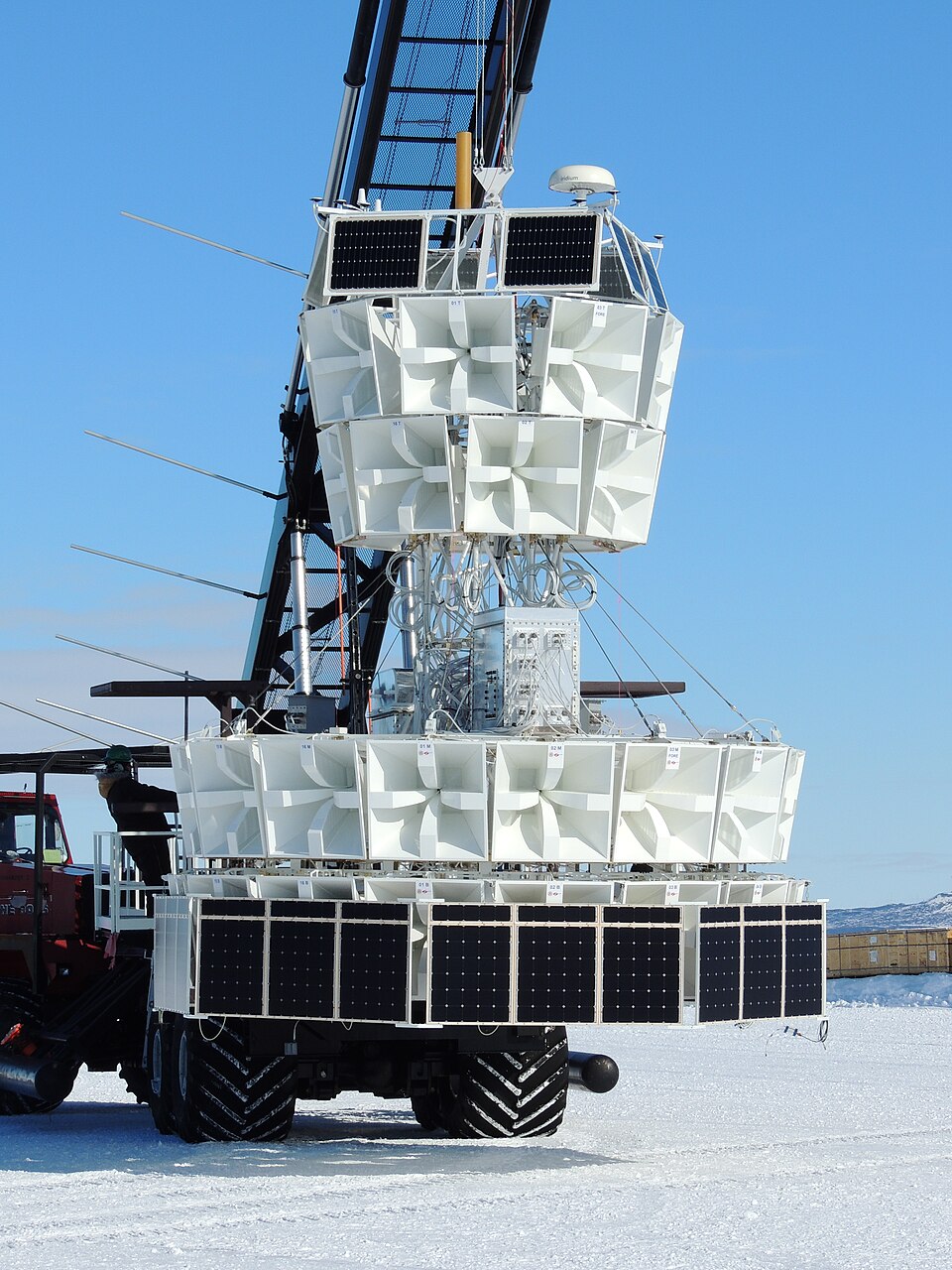
Stephanie Wissel
Stephanie Wissel is an associate professor of physics, astronomy, and astrophysics at Penn State University. She is a prominent researcher involved in the Antarctic Impulsive Transient Antenna (ANITA) experiment, which aims to detect cosmic rays and neutrinos using balloon-borne instruments in Antarctica. Recently, Wissel and her team reported the detection of mysterious radio waves originating from beneath the Antarctic ice, raising questions about their source and the potential implications for our understanding of cosmic phenomena.
Global Media Ratings
Countries Mentioned
No country-level mention data available.
Interactive World Map
Each country's color is based on "Mentions" from the table above.
Recent Mentions
 Turkey:
Dr. Stephanie Wissel noted that the radio waves were coming at a very steep angle, indicating an unknown phenomenon.
7
Turkey:
Dr. Stephanie Wissel noted that the radio waves were coming at a very steep angle, indicating an unknown phenomenon.
7
 Hungary:
Stephanie Wissel, an associate professor at Penn State University, is a key figure in the research regarding the mysterious signals detected in Antarctica.
8
Hungary:
Stephanie Wissel, an associate professor at Penn State University, is a key figure in the research regarding the mysterious signals detected in Antarctica.
8
 Sweden:
Stephanie Wissel is a physicist trying to solve a ten-year-old mystery involving radio waves in Antarctica.
7
Sweden:
Stephanie Wissel is a physicist trying to solve a ten-year-old mystery involving radio waves in Antarctica.
7
 United States:
Stephanie Wissel is a coauthor of the study and an associate professor of physics, astronomy and astrophysics at the Pennsylvania State University.
7
United States:
Stephanie Wissel is a coauthor of the study and an associate professor of physics, astronomy and astrophysics at the Pennsylvania State University.
7
 Ecuador:
Stephanie Wissel, a professor of astrophysics, confirms that these radio waves are real and not instrumental errors.
7
Ecuador:
Stephanie Wissel, a professor of astrophysics, confirms that these radio waves are real and not instrumental errors.
7
 Hungary:
Stephanie Wissel, an assistant professor of physics and astrophysics at Penn State, commented on the mysterious signals detected in Antarctica.
7
Hungary:
Stephanie Wissel, an assistant professor of physics and astrophysics at Penn State, commented on the mysterious signals detected in Antarctica.
7
 United States:
Stephanie Wissel, associate professor of physics, astronomy and astrophysics from Penn State, revealed they discovered the radio waves while searching for a particle known as neutrinos.
8
United States:
Stephanie Wissel, associate professor of physics, astronomy and astrophysics from Penn State, revealed they discovered the radio waves while searching for a particle known as neutrinos.
8